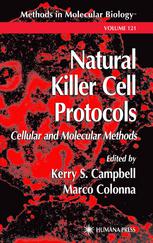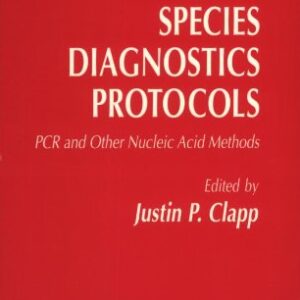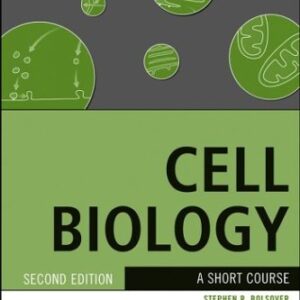“Beginning with the germ theory of disease in the 19th century and extending through most of the 20th century, microbes were believed to live their lives as solitary, unicellular, disease-causing organisms . This perception stemmed from the focus of most investigators on organisms that could be grown in the laboratory as cellular monocultures, often dispersed in liquid, and under ambient conditions of temperature, lighting, and humidity. Most such inquiries were designed to identify microbial pathogens by satisfying Koch’s postulates. This pathogen-centric approach to the study of microorganisms produced a metaphorical “war” against these microbial invaders waged with antibiotic therapies, while simultaneously obscuring the dynamic relationships that exist among and between host organisms and their associated microorganisms–only a tiny fraction of which act as pathogens. Despite their obvious importance, very little is actually known about the processes and factors that influence the assembly, function, and stability of microbial communities. Gaining this knowledge will require a seismic shift away from the study of individual microbes in isolation to inquiries into the nature of diverse and often complex microbial communities, the forces that shape them, and their relationships with other communities and organisms, including their multicellular hosts. On March 6 and 7, 2012, the Institute of Medicine’s (IOM’s) Forum on Microbial Threats hosted a public workshop to explore the emerging science of the “social biology” of microbial communities. Workshop presentations and discussions embraced a wide spectrum of topics, experimental systems, and theoretical perspectives representative of the current, multifaceted exploration of the microbial frontier. Participants discussed ecological, evolutionary, and genetic factors contributing to the assembly, function, and stability of microbial communities; how microbial communities adapt and respond to environmental stimuli; theoretical and experimental approaches to advance this nascent field; and potential applications of knowledge gained from the study of microbial communities for the improvement of human, animal, plant, and ecosystem health and toward a deeper understanding of microbial diversity and evolution. The Social Biology of Microbial Communities: Workshop Summary further explains the happenings of the workshop”–Publisher’s description. ?Read more…
Workshop overview. The social biology of microbial communities —
Structure and function of microbial communities —
Dynamic interactions of microbial communities —
Looking ahead: moving to the community as the unit of study —
Contributed manuscripts. Strain-resolved community genomic analysis of gut microbial colonization in a premature infant —
Evolution of virulence in opportunistic pathogens: generalism, plasticity, and control —
Free-living tube worm endosymbionts found at deep-sea vents —
Parasites may help stabilize cooperative relationships —
Metagenomic and metaproteomic insights into bacterial communities in leaf-cutter ant fungus gardens —
Phylogenetic and phylogenomic approaches to studies of microbial communities —
Sociomicrobiology and quorum sensing: mediated communication —
Acyl-homoserine lactone-dependent eavesdropping promotes competition in a laboratory co-culture model —
Rules of engagement: interspecies interactions that regulate microbial communities —
Statistical data analysis challenges from the microbiome dispersal of cargo microorganisms by swarming bacteria —
Evidence for cascades of perturbation and adaptation in the metabolic genes of higher termite gut symbionts —
Mathematical and computational challenges in the study of complex adaptive microbial systems —
Identification of a target cell permissive factor required for contact-dependent growth inhibition (CDI) —
Cheats as first propagules: a new hypothesis for the evolution of individuality during the transition from single cells to multicellularity —
An ecological and evolutionary perspective on human-microbe mutualism and disease —
Incomplete recovery and individualized responses of the human distal gut microbiota to repeated antibiotic perturbation —
Studying the enteric microbiome in inflammatory bowel diseases: getting through the growing pains and moving forward —
Inter-kingdom signalling: communication between bacteria and their hosts —
Evolution of cooperation and control of cheating in a social microbe —
Glowing corpses and radiant excrement: the role of bioluminescence in microbial communities —
Social interaction, noise and antibiotic-mediated switches in the intestinal microbiota.
Biology
[PDF] Social Biology of Microbial Communities: Workshop Summary LeighAnne Olsen, Eileen R. Choffnes, Alison Mack (Eds.)
$19.99

![[PDF] Social Biology of Microbial Communities: Workshop Summary LeighAnne Olsen, Eileen R. Choffnes, Alison Mack (Eds.)](https://pdfelite.com/wp-content/uploads/2024/04/3ad0e41a0659c3e17340dc57403a68f5-g.jpg)




Reviews
There are no reviews yet.